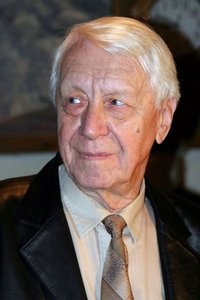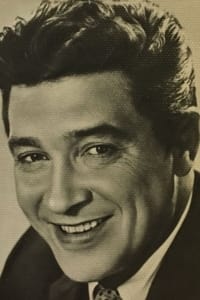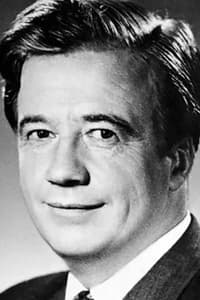The Labyrinth
Genres
Animation
OverView
A cartoon version of the Greek myth of Labyrinth.
Others
Budget
$--
Revenue
$--
Status
Released
Original Language
Russian
Runtime
20 mins
Rating
9/10
Release Date
08 February 1971
Country
Soviet Union


Animation
A cartoon version of the Greek myth of Labyrinth.
Budget
$--
Revenue
$--
Status
Released
Original Language
Russian
Runtime
20 mins
Rating
9/10
Release Date
08 February 1971
Country
Soviet Union

Procrustes (Damastes) (voice)





Theseus (voice)
